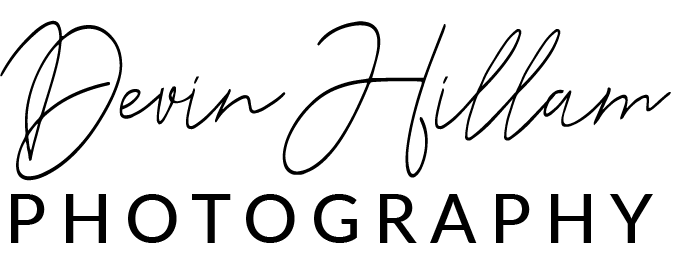Q&A: What is the Exposure Triangle?
If you’re just starting out with photography, one term you’ll hear a lot is the Exposure Triangle. This concept is essential for understanding how your camera works and creating stunning, well-lit images. In this guide, we’ll break down the exposure triangle and explain how its three components—aperture, shutter speed, and ISO—work together to control light and shape your photographs.
What Is the Exposure Triangle?
The exposure triangle refers to the relationship between three key camera settings—aperture, shutter speed, and ISO. These three elements determine how much light reaches your camera’s sensor and, in turn, how bright or dark your image will be.
The trick is that they are interconnected: adjusting one setting usually requires adjusting one or both of the others to maintain the correct exposure. For example, if you widen your aperture to let in more light, you might need to reduce your ISO or shorten your shutter speed to avoid overexposure.
In addition to controlling light, each component of the triangle influences other qualities of your image, such as depth of field, motion blur, and image noise.
The Three Elements of the Exposure Triangle
1. Aperture: The Size of the Opening
Aperture controls the size of the lens opening and determines how much light enters your camera.
Measured in f-stops (e.g., f/1.4, f/2.8, f/16).
Smaller f-stop numbers (e.g., f/1.4) = larger openings = more light and a shallow depth of field (great for blurred backgrounds).
Larger f-stop numbers (e.g., f/16) = smaller openings = less light and a deep depth of field (ideal for landscapes where everything is in focus).
2. Shutter Speed: How Long the Shutter Stays Open
Shutter speed determines how long the camera’s sensor is exposed to light.
Measured in fractions of a second (e.g., 1/60, 1/1000).
Faster shutter speeds (e.g., 1/1000) capture sharp, crisp images of motion but let in less light.
Slower shutter speeds (e.g., 1/20) allow more light but can create motion blur, which can be intentional for artistic effects like light trails.
3. ISO: Light Sensitivity
ISO controls the camera sensor’s sensitivity to light.
Measured in ISO values (e.g., ISO 100, ISO 800, ISO 3200).
Lower ISO values (e.g., ISO 100) produce cleaner images but require more light.
Higher ISO values (e.g., ISO 1600) allow you to shoot in low-light conditions but can introduce noise or grain into your image.
How to Use the Exposure Triangle in Real Situations
1. Bright Lighting
In bright conditions (e.g., outdoors at midday):
Use a low ISO (like 100) to reduce noise.
Use a small aperture (like f/16) to cut down on light and increase focus across the scene.
Try a fast shutter speed to prevent overexposure and capture motion crisply.
2. Low-Light Scenarios
In dim conditions (e.g., night photography or indoors):
Use a wider aperture (like f/1.8) to let in more light.
Use a slower shutter speed, but stabilize the camera to avoid blur.
Raise the ISO, but be mindful of noise.
3. Capturing Motion
For fast-moving subjects (e.g., sports), use a fast shutter speed (like 1/1000).
Balance the exposure by increasing the aperture size (smaller f-stop) or raising the ISO.
For artistic motion blur (e.g., waterfalls), try a slower shutter speed and use a tripod for stability.
Tips for Mastering the Exposure Triangle
Experiment! Spend time playing with your camera settings to see how aperture, shutter speed, and ISO affect your images.
Use Cheat Sheets. Keep a reference chart handy when you’re starting out to remind you how each setting impacts your photo.
Shoot in Manual Mode. Switch to manual mode to practice adjusting all three elements yourself.
Learn from the Pros. Watch tutorials and study professional photos to understand how they balance exposure in different conditions.
Ready to Get Started?
The exposure triangle may feel a bit technical at first, but with practice, it will become second nature. Understanding how to balance aperture, shutter speed, and ISO is the first step toward creating the photos you envision. Now grab your camera, head out, and start experimenting—you’ve got this!


